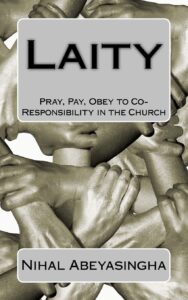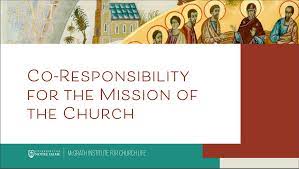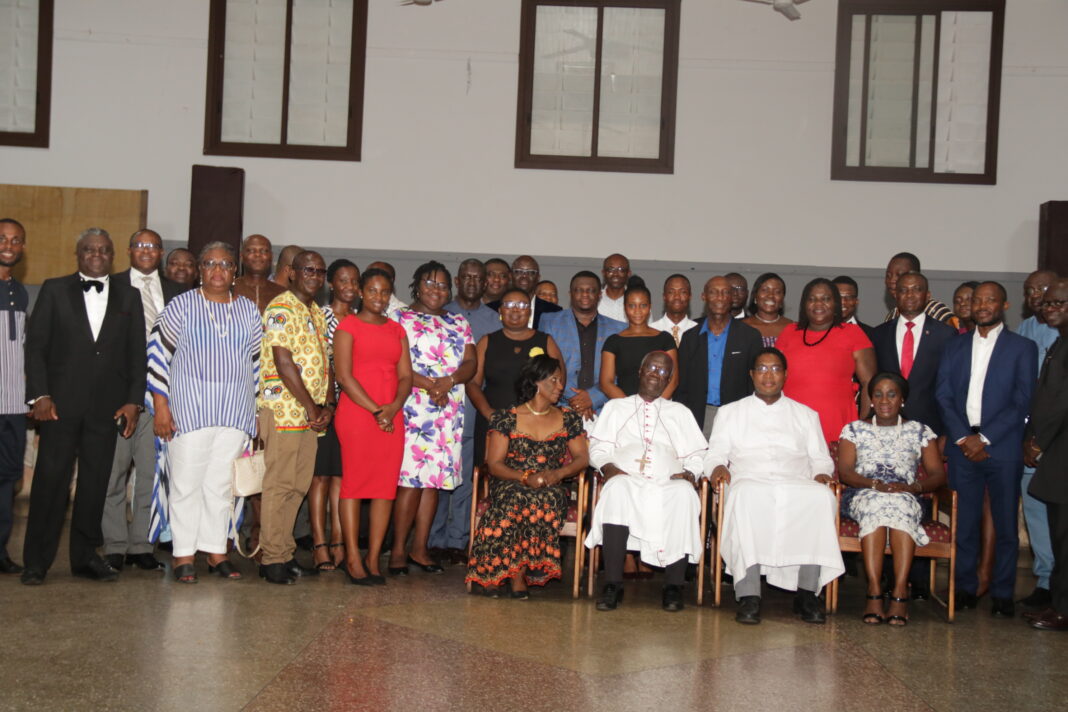In recent years, the Church has prominently emphasized the vital work of the laity. Lay people make up the vast majority of the body of Christ; yet, nearly all positions of authority within the Church are held by priests and religious. Since Vatican II, the laity has become more involved in the governance of Church affairs – a trend which is likely to continue. A proper understanding of Church hierarchy, co-responsibility, and faith formation can facilitate the beneficial involvement of lay people while avoiding the pitfalls of “inclusion for inclusion’s sake.”
Understanding Church Hierarchy
When approaching the question of greater lay involvement, understanding the hierarchy is greatly important. The Church has a clearly-defined organizational structure, but this is not the primary sense in which the Church understands herself. The Church is first and foremost the body of Christ, made up of families and individual Catholics. This self-awareness as a collective body of the faithful gives the proper perspective with which to understand the hierarchy.
The Church’s structure can be simply understood in three tiers: priests, bishops, and the Pope. These tiers can encompass several smaller levels (for example, the category of bishop includes the College of Cardinals). With relatively few levels of management, this hierarchy places itself at the service of Christ and the faithful. Additionally, the Code of Canon Law, which governs the institutional Church, gives flexibility for organization throughout the Church. When understood correctly – by both the faithful and those in positions of authority – the hierarchy exists not for its own sake, but to more effectively conduct the essential work of evangelization.
Called to Co-Responsibility
Following Vatican II, the Church has emphasized closer collaboration between priests and the laity. Pope Benedict XVI introduced the term co-responsibility, stating that the laity can “make its own specific contribution to the ecclesial mission with respect for the ministries and tasks that each one has in the life of the Church and always in cordial communion with the bishops.”

Co-responsibility, then, goes beyond simple teamwork and instead invites a collaboration which is mindful of each person’s baptismal priesthood. Co-responsibility does not threaten the distinct role of ordained priests, but reminds the laity of the roles of prophet, priest, and king which often lack centrality in understanding lay life.
Through co-responsibility, the laity are invited to greater participation in Church governance. This involvement works to eliminate clericalism by fostering a greater understanding of life in the Church. Even though the pastor celebrates Mass and manages the parish, he cannot be seen as individually responsible for the spiritual wellbeing of the Church in his area. Rather, all Catholics – lay and ordained – must share responsibility, each serving the Church through a variety of ways.
The Necessity of Formation
In order to foster co-responsibility, the laity must receive good formation in the Catholic faith. Since the Church’s mission is evangelization, it is imperative that the representatives of the Church fully commit to sharing the faith and bringing others to Christ in accordance with the teachings of the Church.
Unlike secular organizations, the Church has a very specific mission which is communicated through the lives of all those associated with her. All Catholics must understand what the Church teaches so as to fully live as disciples of Christ. Each person is free to accept the teachings of Christ, but they must first know what Christian life entails.

Education for all the faithful – not just for children preparing for the sacraments – supports co-responsibility by giving the laity a deeper understanding of their life in the Church. Through this formation, the laity are better equipped to collaborate fruitfully with priests and religious. The mission to evangelize does not extend only to those outside the Church; it also entails the continuous encounter with Christ and his truth by baptized Catholics.
This effort to increase the formation of the laity exemplifies co-responsibility. The Church’s hierarchy cannot – and should not – shoulder the task of education alone. Lay people who have received the gift of formation in the faith must work together with priests and religious to creatively foster a vibrant culture of faith among the laity. The work of the Church, both today and tomorrow, depends upon this co-responsibility.



